Customized badges: highlight individuality and quality
 Apr 03,2025
Apr 03,2025

 Pu You
Pu You
Badges are common decorations and logos, and are widely used in schools roblox verified badge and companies. They can not only convey identity information, but also promote, commemorate and reward. The production process of badges includes design, material selection, production and processing, assembly and other links.
1. Design your badge
Design is the first step, and it is a very important step. Designers need to make drawings based on can badge customer needs, the actual use of the badge and the meaning it conveys. After the design is completed, the designer will render it through computer software and generate a digital design draft for the customer to review. After waiting for confirmation, the next step can be taken.
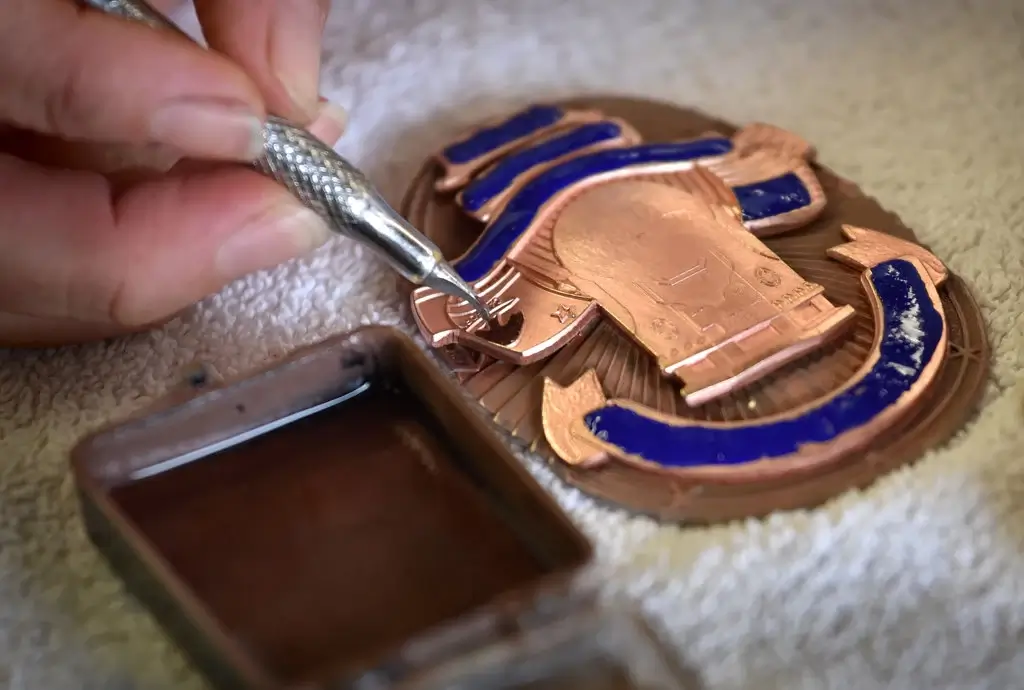
2. Material selection
The material selection of the badge directly affects the appearance, durability and cost. Common badge materials are:
Metal badges: including aluminum alloy, stainless steel, copper, etc. Metal badges have exquisite appearance and strong texture, which are suitable for high-end occasions.
Plastic materials: Plastic badges are light in weight, low in production cost, suitable for mass production, and can be presented in a variety of colors.blue badge
Resin materials: Resin badges have a smooth surface and a texture similar to metal, which are often used for high-quality custom badges.
The choice of materials is usually determined by customer needs and budget. The manufacturer will choose the appropriate material according to the characteristics of the badge.
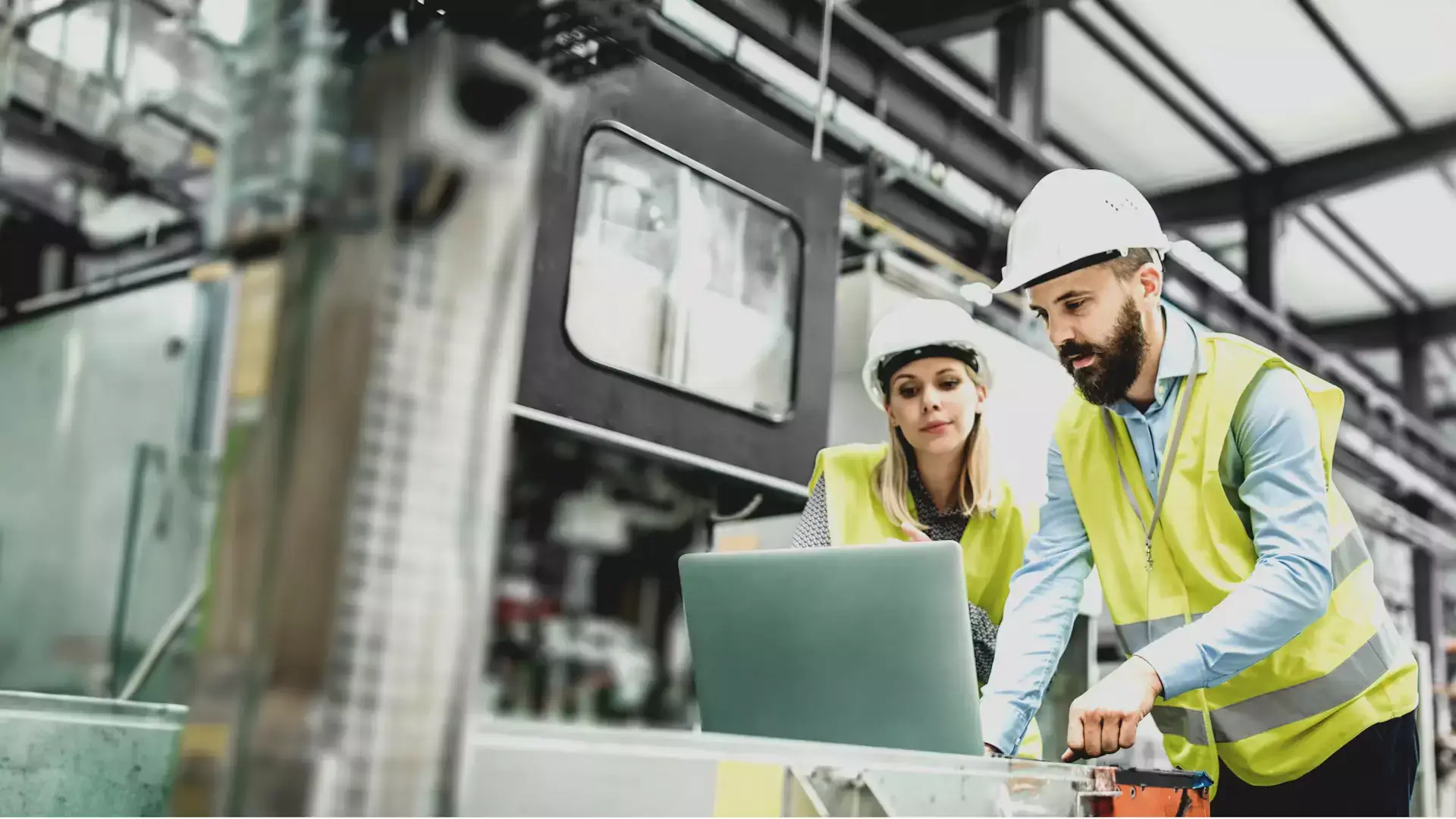
3. Production and processing
The production and processing of badges is divided into the following steps:
Stamping: This is the most common processing method in the badge production. Metal or plastic materials are stamped into the basic shape of the badge through a mold. The stamping process is usually completed on metal sheets or plastic sheets, with precise shapes and high efficiency.
Casting: Suitable for badges with complex shapes, usually made of copper, aluminum and other materials, cast through casting molds.black badge
Die casting: Similar to casting, but using a method with greater pressure to melt the metal and inject it into the mold. Suitable for badges that require higher precision and complex designs.
During the processing process, surface treatment is sometimes required, name badge such as polishing, gold plating, silver plating, painting, etc., to improve the appearance quality of the badge.
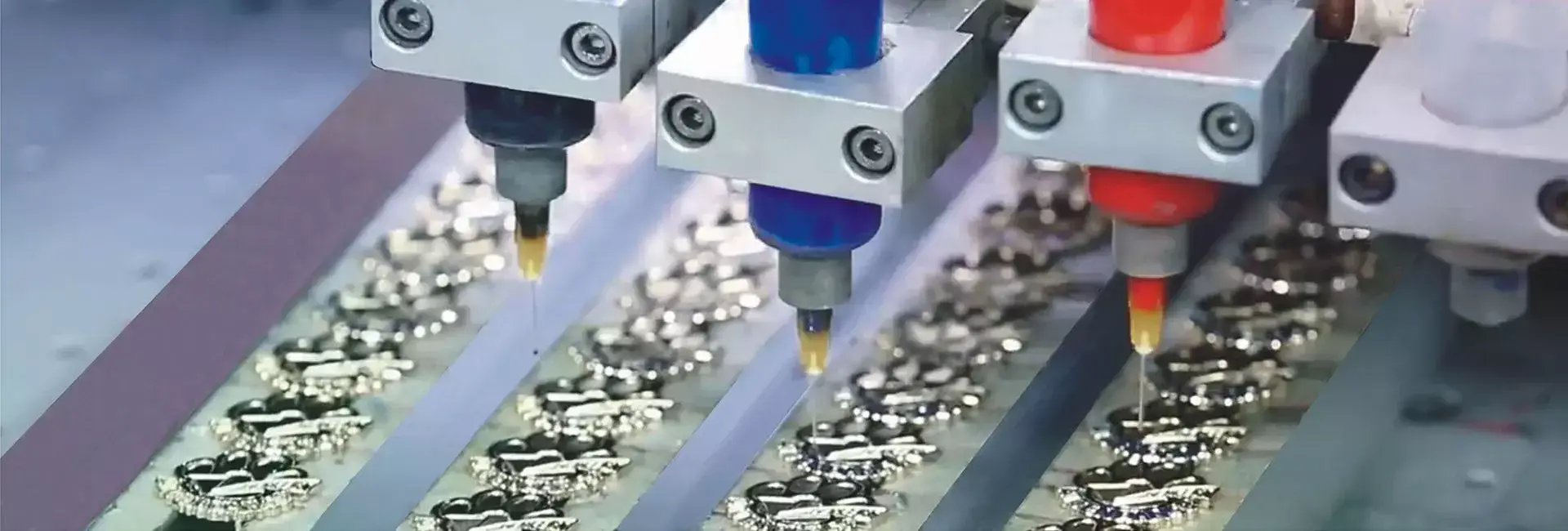
4. Choice of accessories
Badge accessories
Pin: The most common badge back accessory, used to fix the badge on clothing or other surfaces.badge holder
Magnet: Used in occasions where you don't want to leave holes in clothing, often used in some high-end custom badges.
Safety buckle: Used in occasions where higher security is required, police badge such as participation badges for activities, to prevent badges from falling off.
These accessories are welded, bonded or nailed together with special tools to ensure the stability and convenience of the badge.
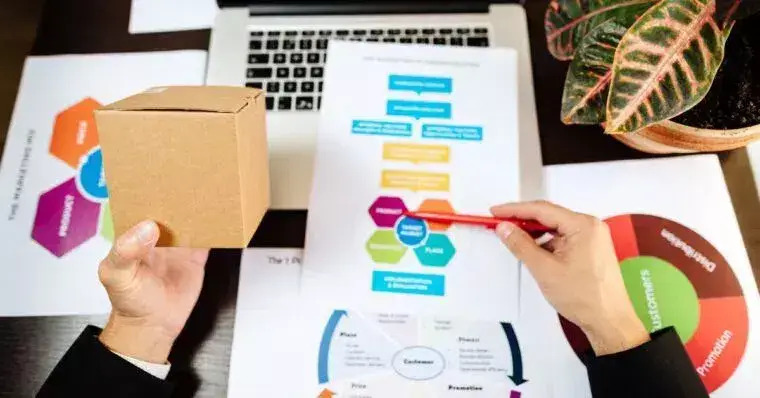
5. Quality inspection
After the badge is produced, strict quality inspection is essential.
Appearance inspection: Check whether the surface of the badge is smooth, the pattern is clear, and the color is uniform.
Size inspection: Ensure that the size of each badge meets the design requirements.
Accessory inspection: Ensure that the back accessories are firm and installed correctly.
Functional test: Ensure that the badge can be worn smoothly and has good performance.
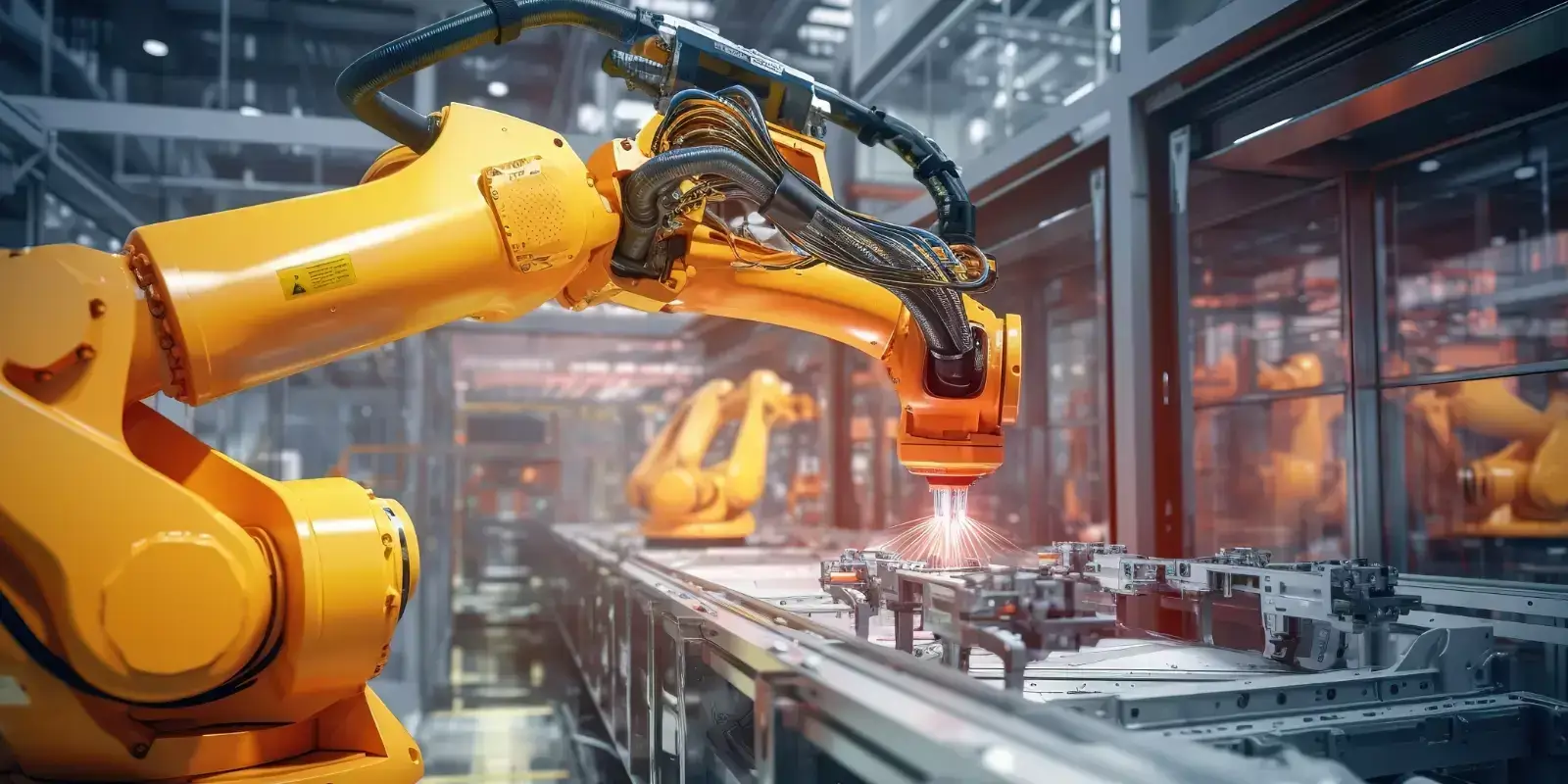
6. Packaging and delivery
Finally, the finished badge needs to be packaged. Badges are usually id badge packaged individually or placed in special boxes or bags to prevent damage during transportation. During the packaging process, additional items such as brand cards and instructions may also be attached.
After packaging, the badge enters the delivery stage, and the product is delivered to the designated location by express or logistics companies according to customer requirements.

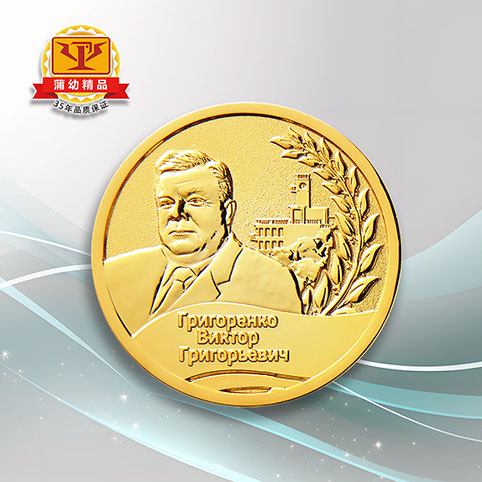
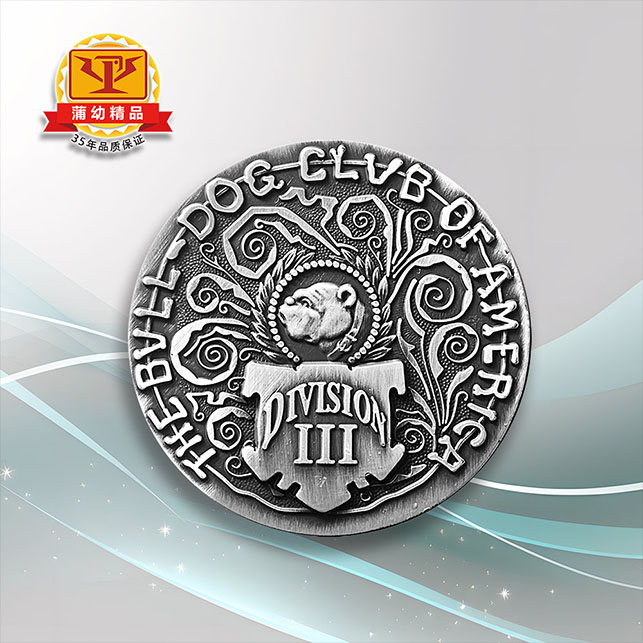
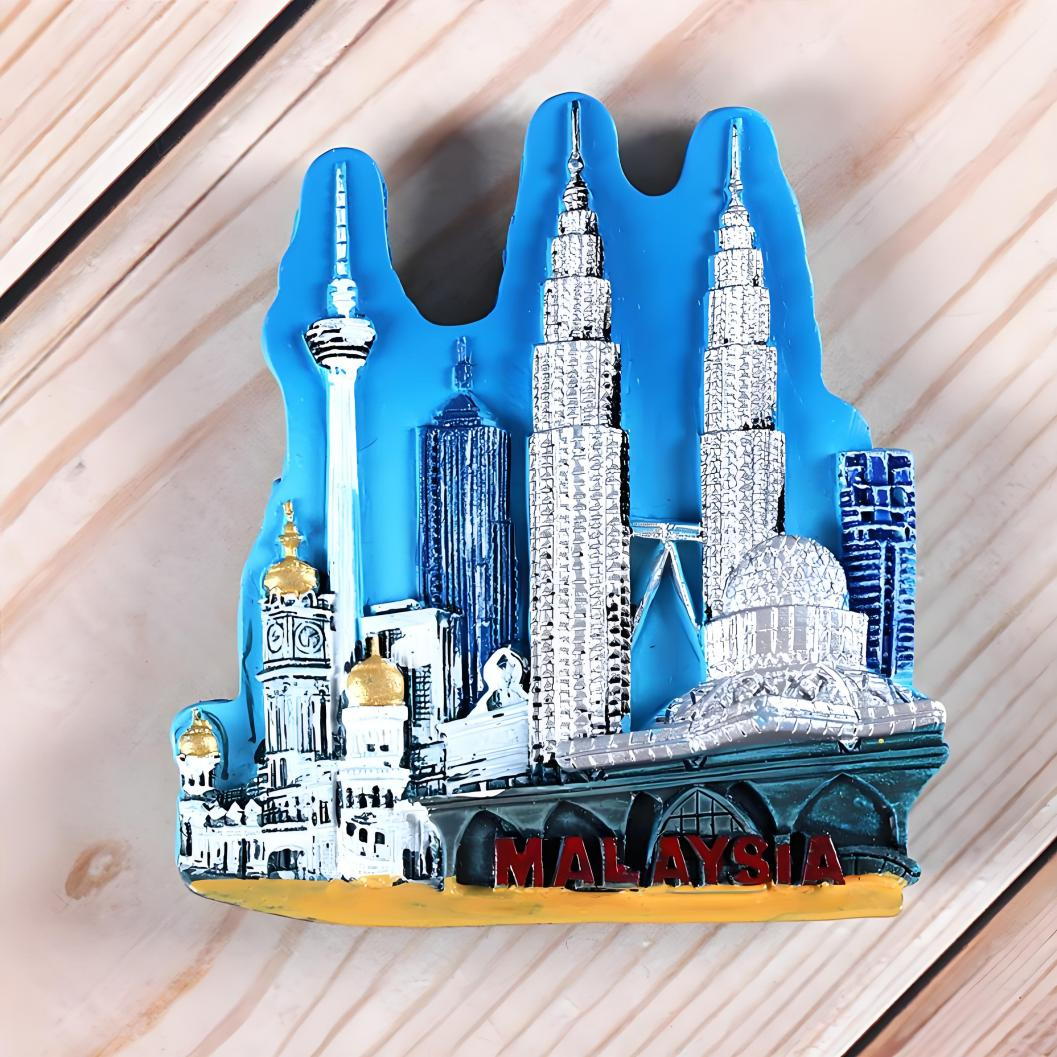
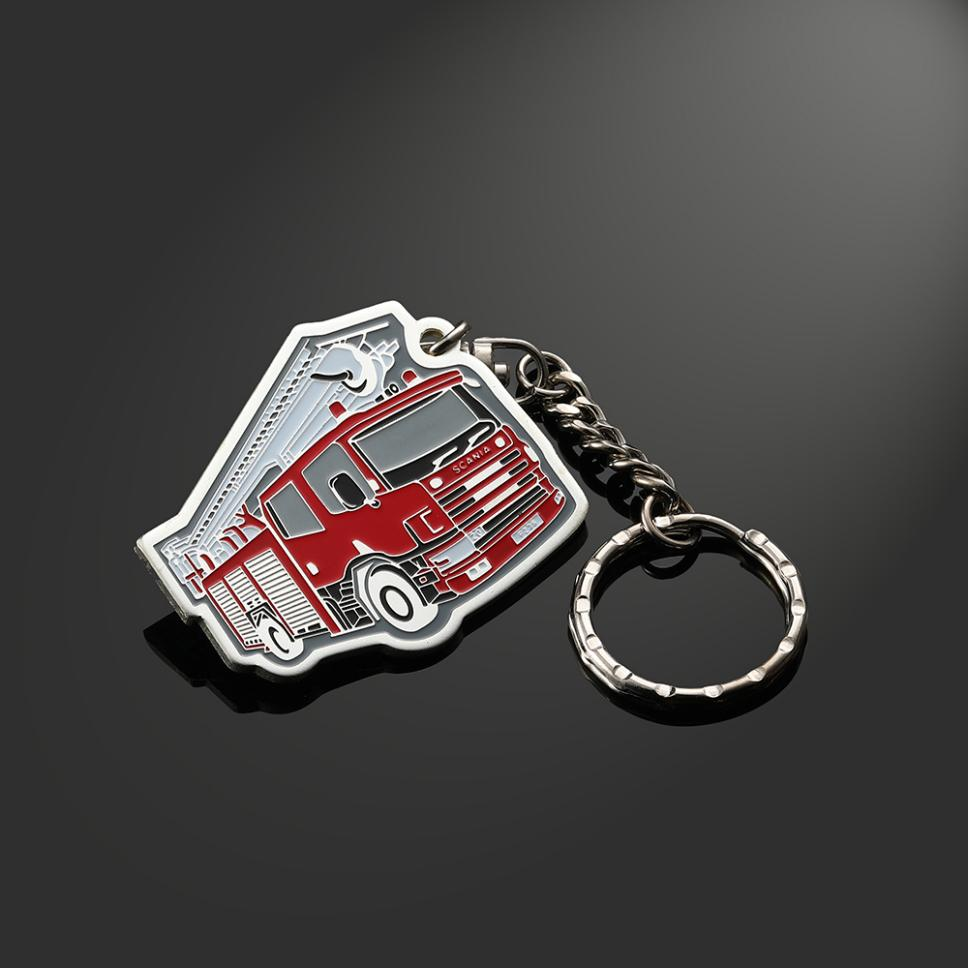
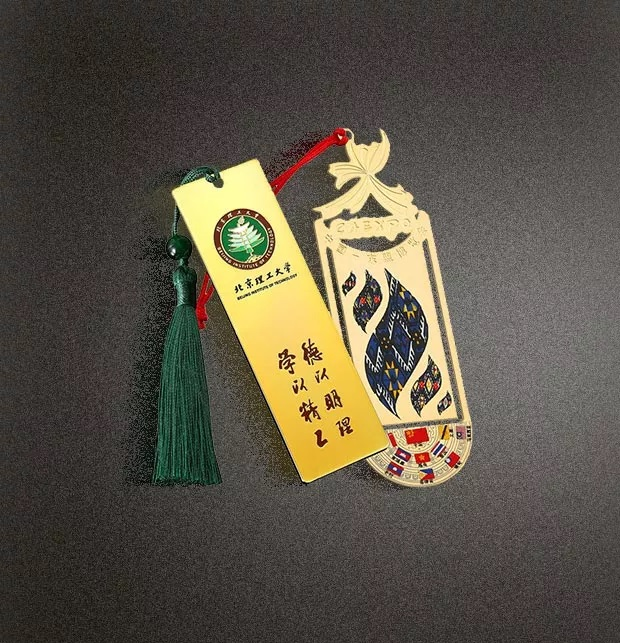
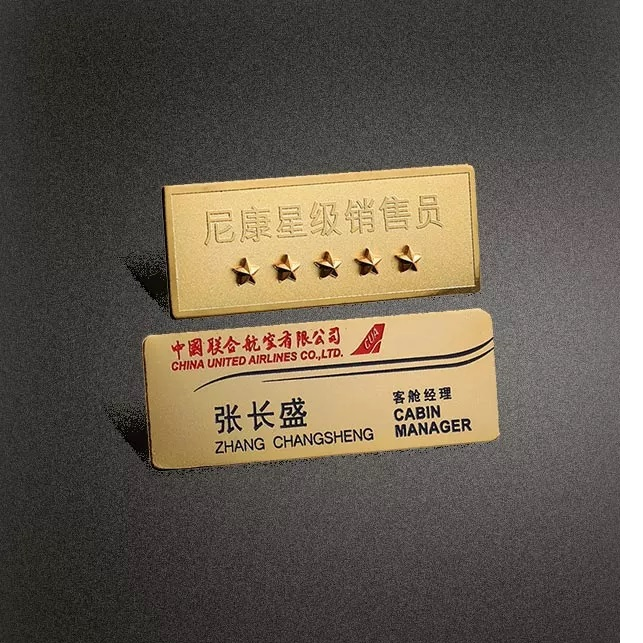
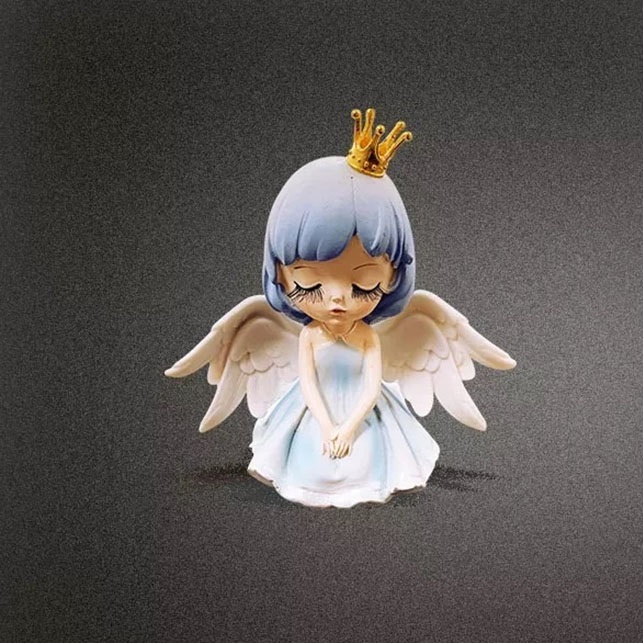
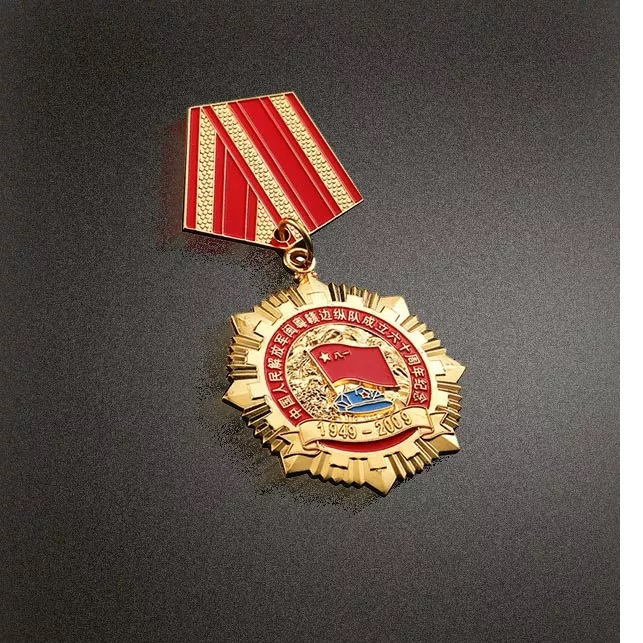
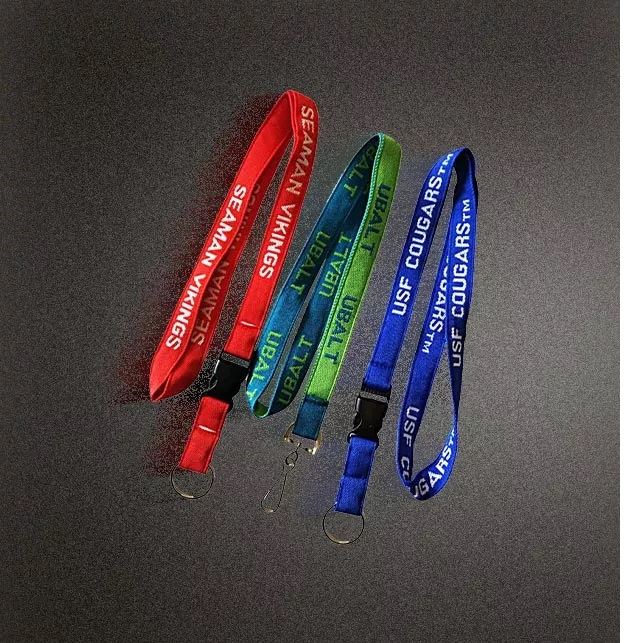
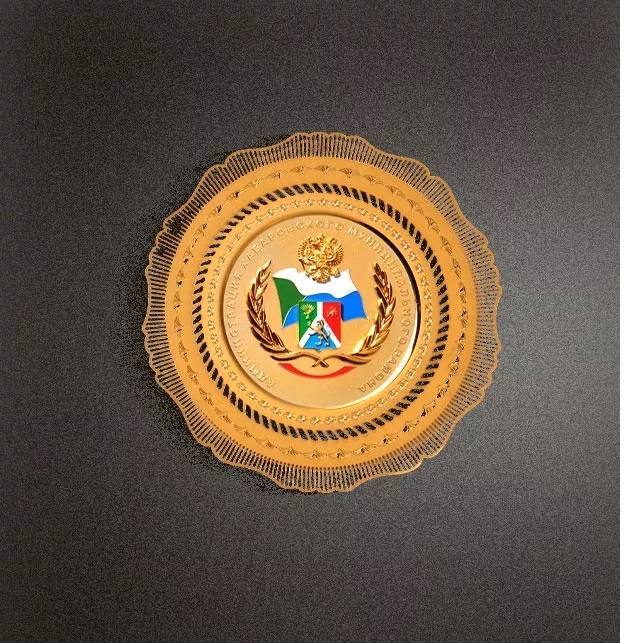
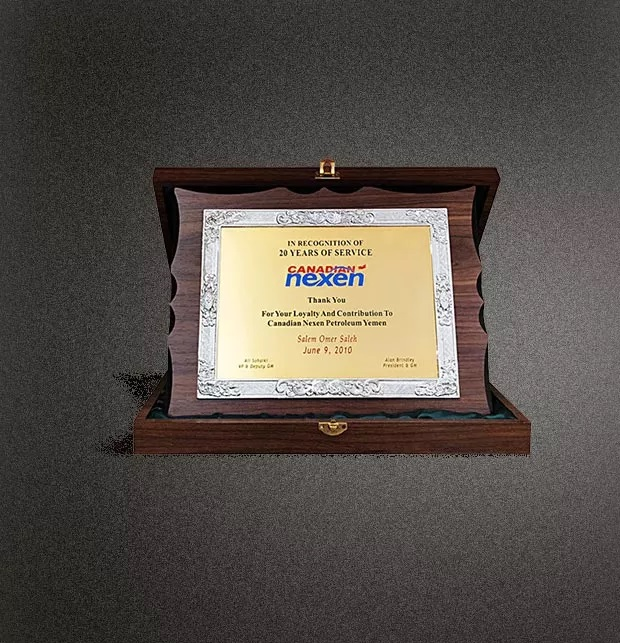
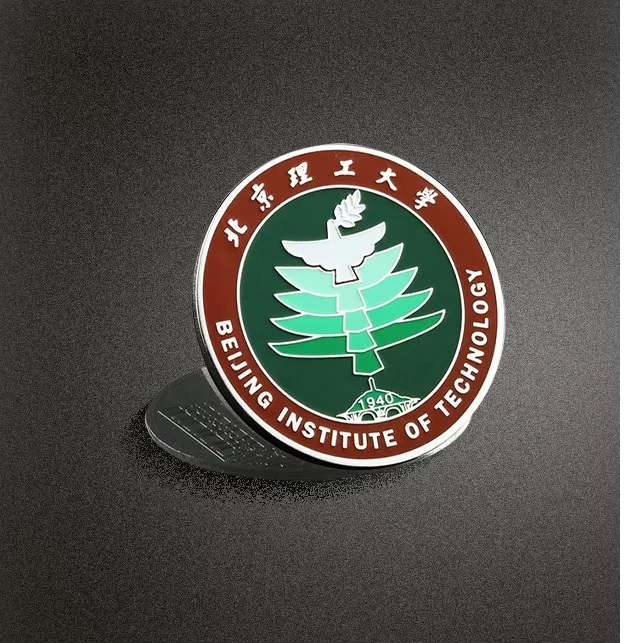


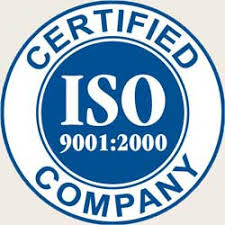


 CN
CN
 HOME
HOME Lanyard: Small items in life, big role
Lanyard: Small items in life, big role  You May Also Like
You May Also Like

 Tel
Tel
 Email
Email
 Address
Address








